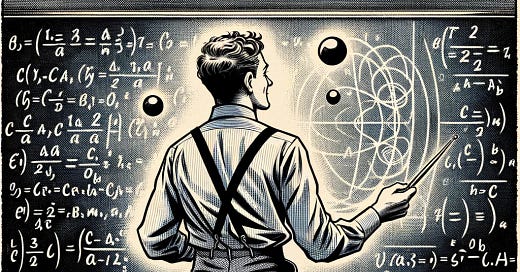Claude Shannon was singularly brilliant.
He’s often credited as one of the founders of artificial intelligence, thanks to his description of how electronic circuits could work together to solve complex problems quickly.
He’s also called the founder of information theory, which may prove to be fundamental to the way the universe works.
Like Alan Turing, he was heavily involved with cryptography during World War II, contributing to the national defense of the US and to the Allied cause. His paper on cryptography is considered foundational.
He built a machine that used artificial intelligence to learn by trial and error—the first ever such device, in fact.
Some people knew Shannon through all of this great work in engineering, information theory, and mathematics. Many more knew him from his passion: juggling.
I might have neglected to mention that he sometimes juggled while riding his unicycle around the campus where he taught.
Why juggling, though? Why would someone so good at so many p…
Keep reading with a 7-day free trial
Subscribe to Goatfury Writes to keep reading this post and get 7 days of free access to the full post archives.




